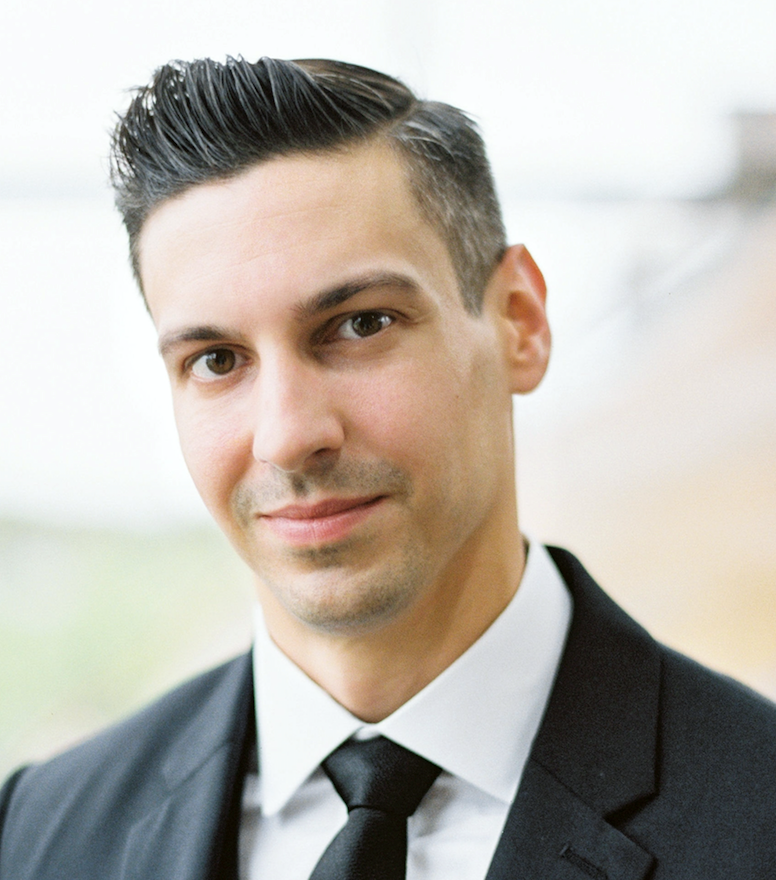
According to a report by the American Psychological Association published in February 2021, 42 percent of American adults reported unintended weight gain since the COVID-19 pandemic began, averaging about 29 pounds.
For those who are still struggling to get back on track with their exercise routine, there is encouraging news: new research from the U of A indicates that prior training of muscles can accelerate muscle growth and response even after extended idleness. Getting back what was lost is likely easier than most people realize.
Kevin Murach, an assistant professor in the Department of Health, Human Performance, and Recreation, recently conducted research that supports this. In “Nucleus Type-Specific DNA Methylomics Reveals Epigenetic “Memory” of Prior Adaptation in Skeletal Muscle,” published in the American Physiological Society’s flagship journal, Function, Murach and his colleagues found that previously trained muscles in mice responded with more sensitivity, and grew more rapidly, than previously untrained muscles.
Further analysis revealed that the muscles, and specifically the DNA of the muscle cells themselves, retained a kind of cellular memory of previous adaptation to exercise. More technically stated, “Muscle nuclei have a methylation epi-memory of prior training that may augment muscle adaptability to retraining.”
Muscle Memory in Cells
Murach and his team studied the skeletal muscles of mice, which were trained on a progressively weighted wheel over a period of eight weeks to build muscles, then taken off the wheel for 12 weeks, or “detrained.”
This was followed by a four-week period of retraining. These mice were then compared against a control group that was only trained for four weeks. Findings indicated that the previously trained cohort saw accelerated gains in muscle growth after retraining when compared to the control group, and that specific epigenetic changes to DNA methylation persisted after the original training.
Murach thinks these findings point to an epigenetic explanation of muscle memory.
To many people, the term “muscle memory” evokes a motor skill, like throwing a Frisbee or riding a bike, that is acquired through repetition and honed to the point it can be done with little conscious thought or effort. But what if muscle memory runs deeper than the nervous system? Murach wants to know if information from previous training can be retained at the cellular level, in the DNA of a muscle cell. This is what he means by an epigenetic explanation.
Murach explained, “Epigenetics is the idea of changing how a cell responds to stimuli (i.e., alters the expression of genes) without altering the genetic code. Cells can respond to things based on DNA without changing the DNA, just changing how it’s accessed. You can change the cellular response without changing the genetic code.”
In short, when it comes to exercise, a kind of rebound response may be stored in muscle cells at the epigenetic level, which is what his study points to.
Anecdotally, most gym rats know that muscle acquired earlier in life is easier to reacquire than new muscle. Put another way, someone who put on 10 pounds of muscle in college, then lost it when their kids were born, likely finds it much easier to put that muscle back on than someone who never had it to begin with. But anecdotes aren’t science, and a single study isn’t definitive. Murach is eager to learn more about what is happening on the molecular level.
Murach explained, “understanding the cues that enhance muscle adaptability, specifically those at the epigenetic level, has consequences for healthy gymgoers and athletes, as well as populations susceptible to muscle dysfunction, such as those forced into inactivity as well as aged individuals.”
Murach’s co-authors included Yuan Wen, Cory M. Dungan, C. Brooks Mobley and Taylor Valentino from the University of Kentucky, and Ferdinand Von Walden from the Karolinksa Institutet in Stockholm, Sweden. This is Murach’s first paper to be published as a faculty member of the U of A, where he arrived in June of this year and established the Molecular Muscle Mass Regulation Laboratory.
While there is a lot more to be learned about what’s happening to muscles on the cellular level, Murach thinks it’s safe to conclude “it’s better to have worked out and lost muscle, than to have not worked out at all.”
So if your exercise routine was disrupted by COVID-19, don’t despair. Your cells may be in better shape than you realize.
About the University of Arkansas: As Arkansas' flagship institution, the U of A provides an internationally competitive education in more than 200 academic programs. Founded in 1871, the U of A contributes more than $2.2 billion to Arkansas’ economy through the teaching of new knowledge and skills, entrepreneurship and job development, discovery through research and creative activity while also providing training for professional disciplines. The Carnegie Foundation classifies the U of A among the top 3% of U.S. colleges and universities with the highest level of research activity. U.S. News & World Report ranks the U of A among the top public universities in the nation. See how the U of A works to build a better world at Arkansas Research News.
Topics
Contacts
Kevin A. Murach, assistant professor
Department of Health, Human Performance, and Recreation
479-575-2858, murach@uark.edu
Hardin Young, assistant director of research communications
University Relations
479-575-6850,
hyoung@uark.edu